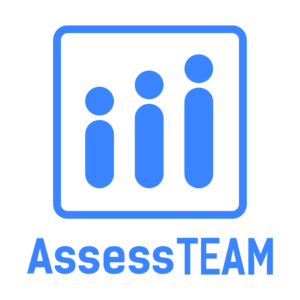What Is Employee Engagement Software With Trend Analysis?
Trend analysis in employee engagement software helps organizations track and understand what's working and what's not to keep employees engaged. It analyzes patterns over time, like survey participation, feedback trends, or team morale. As a result, this gives the HR team a better idea of where to improve.
If engagement drops, businesses can spot the issues early and take action. On the other hand, if specific initiatives boost morale, they can focus on doing more of that. Understanding these trends allows businesses to make decisions based on actual data and create a more effective and targeted engagement plan. It works as a guide to better employee satisfaction.
What Are The Key Features of Employee Engagement Software With Trend Analysis?
Employee engagement software with trend analysis features provides insights that may not be readily available. These platforms track metrics like satisfaction, productivity, and retention by aggregating data over weeks, months, or years. You can see the patterns through dashboards or heatmaps. For example, if a dip in morale post-policy change or sustained high engagement in some teams becomes visible, you can adjust your strategy accordingly.
Advanced tools even predict turnover risks by linking engagement trends to turnover history or performance data. This data-driven approach helps leaders align engagement strategies with business goals.
Why Trend Analysis Is Essential In Employee Engagement Software
Trend analysis is essential for employee engagement because it converts raw data into actionable insights. Engagement fluctuates with company changes, leadership shifts, or external factors. Without focused tracking trends, you will likely be stuck reacting to isolated survey results or feedback spikes.
Trend analysis spots patterns over time, like recurring dips in confidence in post-project deadlines or gradual improvements in team collaboration after policy updates. Thus, it lets you address root causes, not symptoms. For example, noticing a steady decline in the department's satisfaction scores could signal leadership gaps or workflow issues before turnover spikes.











